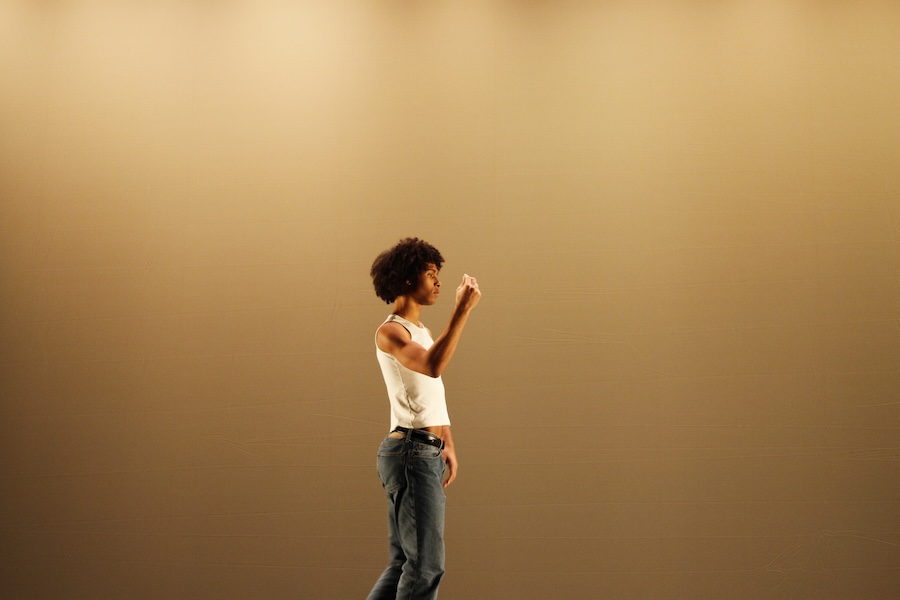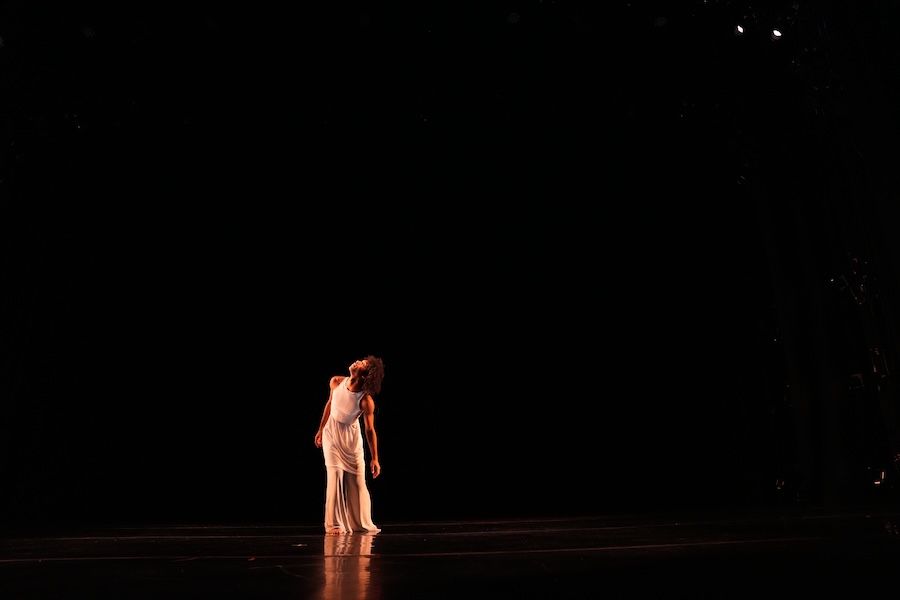Dylan Richmond ’24 Flies Toward the Stars
By Neiman Mocombe ’26The dance was the first installment of a larger honors project that he's continued to develop this semester. The final installment is an April 13 performance at Bowdoin—which Richmond said will be a "more fully imagined and fleshed-out performance of my research."
i know i am light
His December performance, titled our sun is a star/and those stars way out there may or may not be suns/but i know i am light, embraced originality with set design and lighting, and incorporated unexpected elements like flowing textiles, poetry, other dancers, and video projections—including recordings of himself dancing. At times, he engaged with his own moving image on stage. "I am interested in how dance can be more than dance," he said in a recent interview. "It can communicate things that nothing else can communicate. When you combine that with lighting and sound, it is a different way to embody information for someone watching and experiencing it."
"So I wanted to try my hand at making an experience, not just a dance."
“Dance can communicate things in ways others things cannot. And when combined with lighting and sound, you can make a transcendent experience.”
—Dylan Richmond ’24
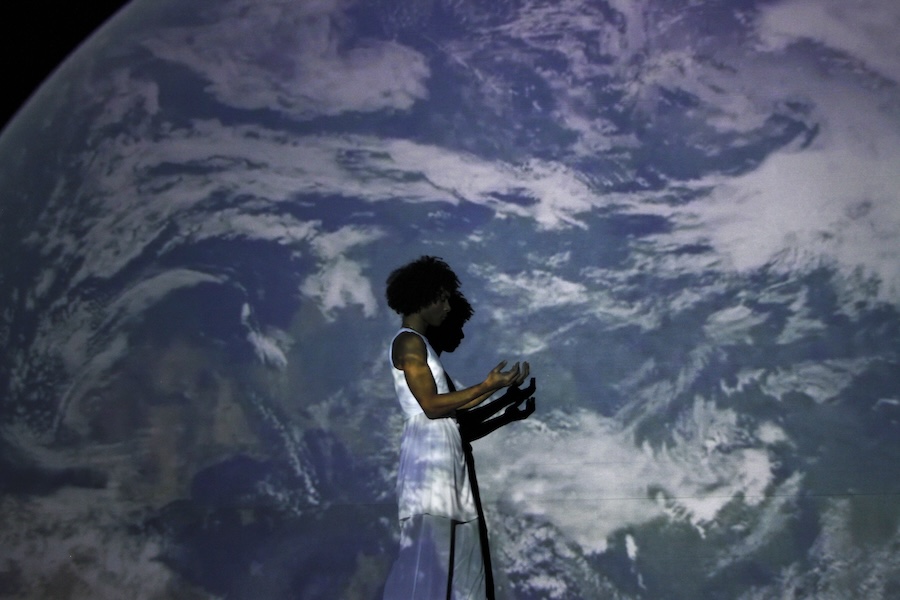
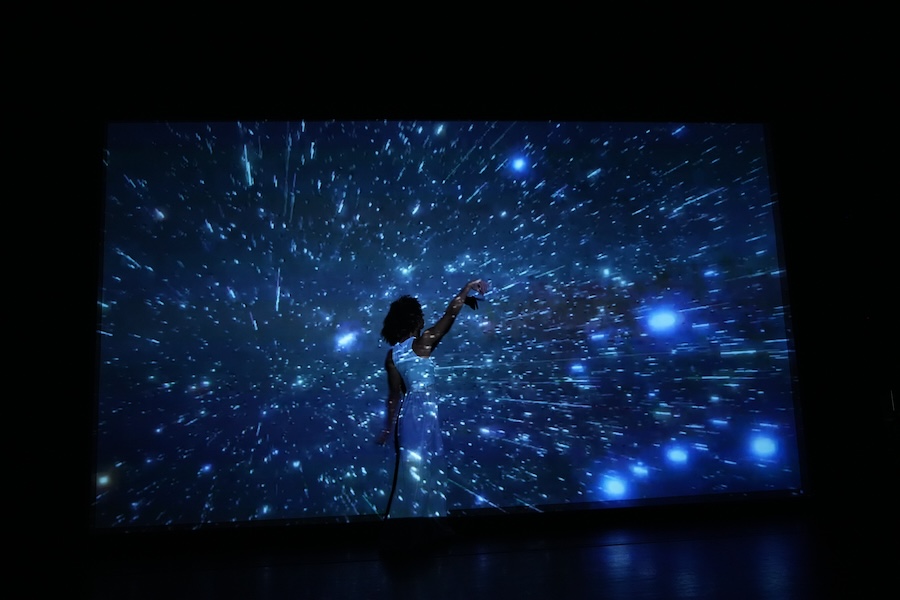
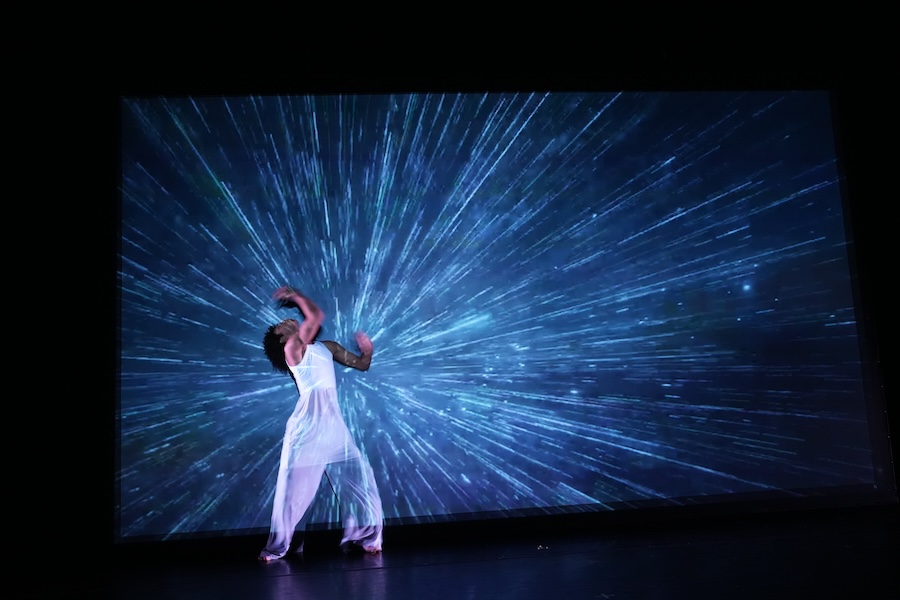
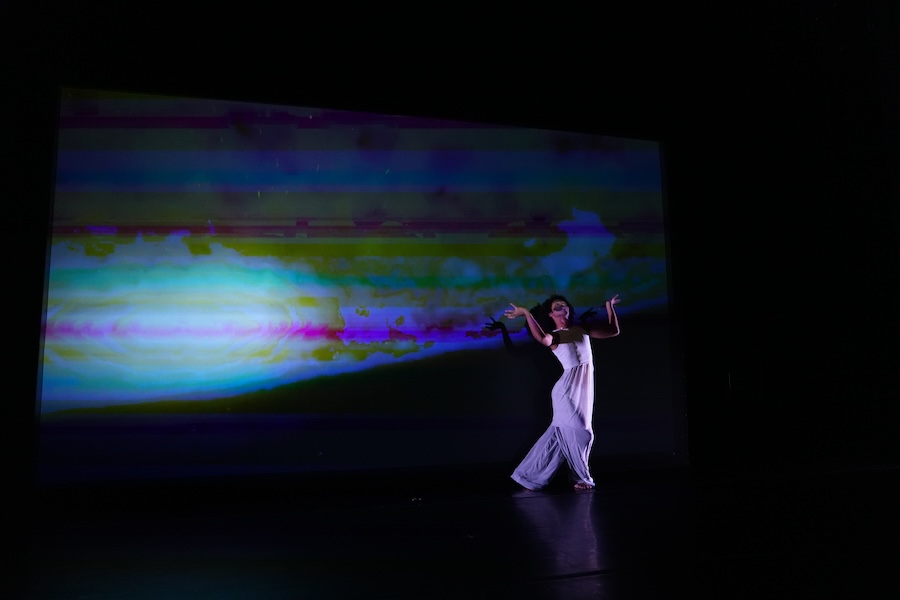
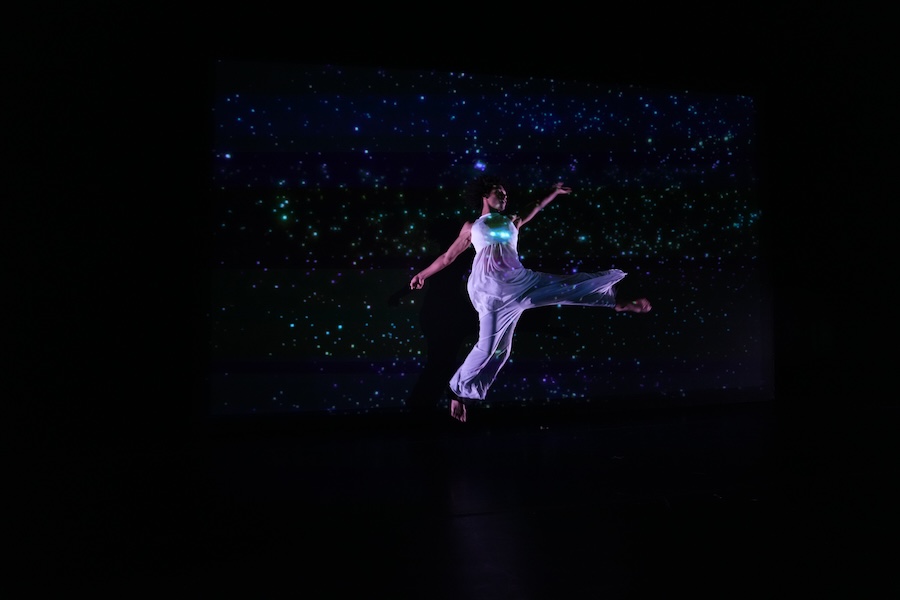
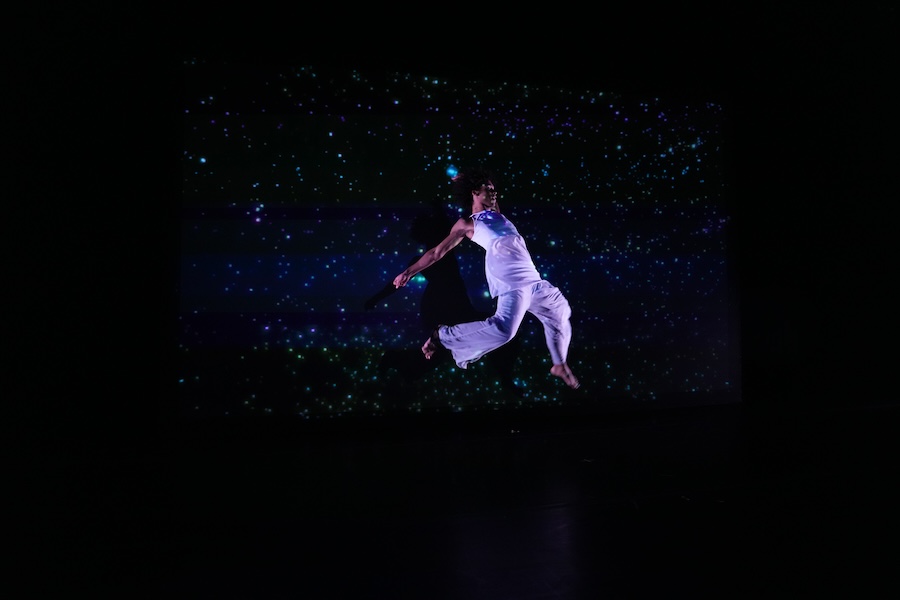
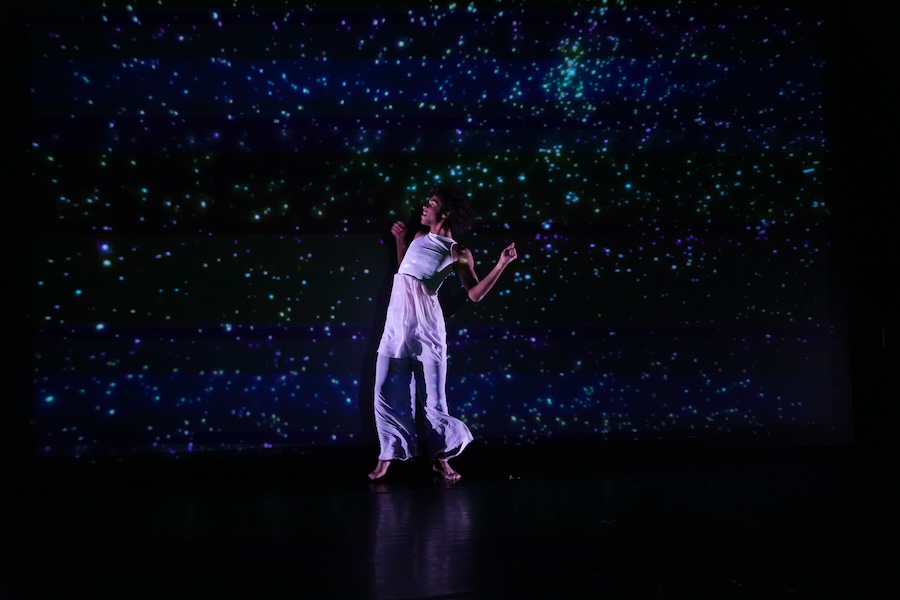
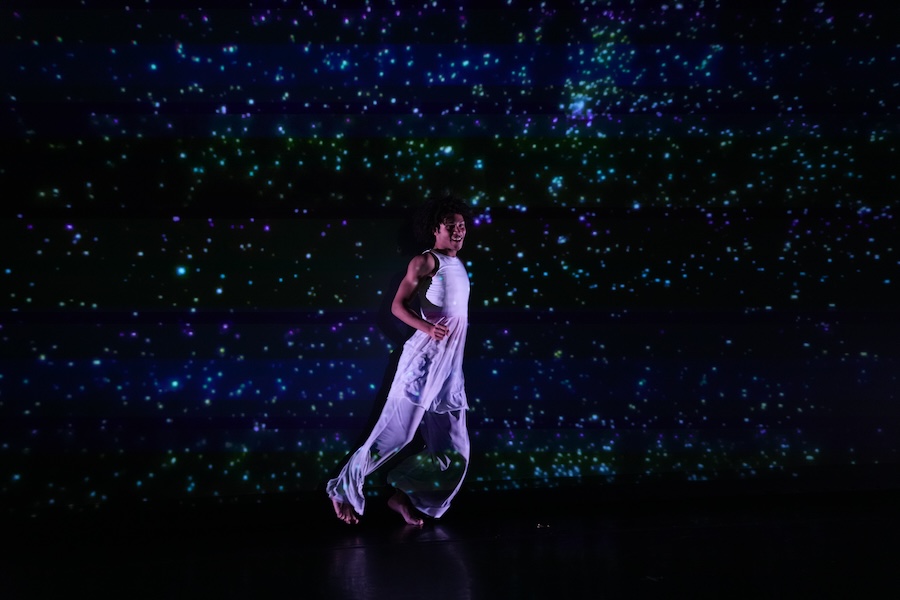
A Transcendent Experience
When asked to define his dance, Richmond said that can be tricky because of the art form's inherent inability to be captured in words. But, he added, "that is the whole point," as its essence lies in its embodiment rather than verbal expression.
Richmond sees the body as a means to transcend the English language and Eurocentric conventions, allowing for a more authentic and visceral mode of communication. He suggested that verbalization diminishes the depth conveyed through bodily expression. "By putting it into language, you are reducing some of what you're trying to say with your body," he said. "I don't want people to leave thinking, I want them to leave feeling," he said.
“The body is a way to circumvent the English language and Eurocentric expressions and expectations.”
—Dylan Richmond ’24
Trinidad and Magic
Growing up, Richmond did not have formal dance training, due to financial constraints, and felt alienated from traditional dance spaces. "I wasn't made to believe the movements of ballet and other Eurocentric forms could exist in my body," he said, pointing to both the nude shoes and leggings commonly worn by dancers that did not match his skin tone, as well as the dance itself. "Brenda Dixon-Gottschild talks about how movement reflects the cultures they represent, so ballet's fixation with the body's center reflects Europe's mentality of superiority and being the world's center and ruler," he said. "Obviously as a child I didn't quite grasp all this but my body was definitely knowledgeable enough to understand this alienation," he added.
Instead, Richmond emphasized the profound impact his family background has had on his artistic development. He attributes his poetic sensibilities to his father, and his affinity for dance to his mother and her Trinidadian roots. Dance, he said, served as a form of expression and connection within his family, stemming from shared moments watching Trinidadian carnival videos and dancing together. Additionally, he reflected on his childhood interests in magic and fantastical elements, which continue to inform his movement style and perception of the world.








Energetic Soundscapes
Richmond is overseeing every detail of his performance—lighting, sound, choreography, costumes, and set design. But an important element he has little control over is the audience. His final performance this winter actually diverged from what he rehearsed because of his sensitivity to the unique energy a live audience brings to a performance, blurring the boundaries between spectator and performer.
The section of dance he calls the "red dance," where he uses red fabric to envelop his body and symbolically constrain himself, unfolds in total silence. This allows him to discern and listen for the audience's reactions, such as gasps and sniffles.
"If you're in the audience, I can hear you. In December, I heard people breathing and shuffling, I heard tears," he said. "So that changes the soundscape of the performance."
In a section of his dance when he's moving with yellow fabric, Richmond's gaze toward the audience reflects his acknowledgment of the energies they project. "I take time to look at the audience," he said. "A lot of people don't expect that, and it is also a little scary for me, because I am not sure what will happen when I make eye contact and what kind of energy they'll give back to me."
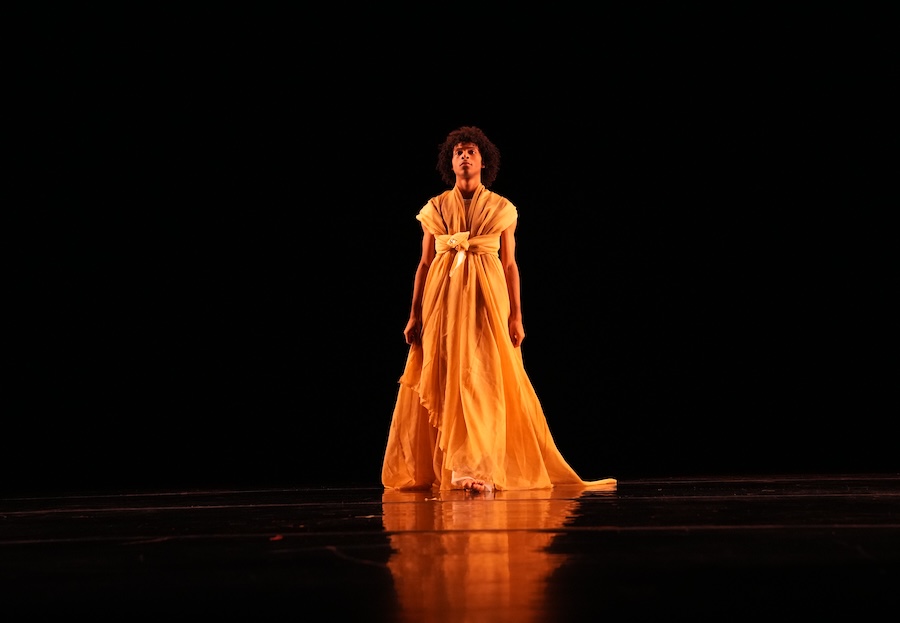
“Dylan’s work stands out for the beauty and specificity of his written/spoken word work and for his creative use of visual imagery and projections, both the dance with his own body on video and the celestial choreography with the projections of the universe expanding.”
—Professor of Theater and Dance Davis Robinson
History and Meaning of Performance
For the past two years as a Mellon Mays Undergraduate Fellow, Richmond, who is an English and dance major, has focused his independent research on performance literature and choreography, as well as "innovative ways minoritarian bodies express themselves."
With his dance, he is interested in expressing and exploring his Black and queer experience and the relationship between violence and joy. "[Mine] covers topics involving how Black bodies are read and interacted with, different forms of violence the body endures, and how to access joy through or despite this violence," he said.
He deploys light and color to explore racial surveillance and interpersonal and systemic violence. The props are stand-ins for the theoretical: a lantern for the Lantern Laws, which violently surveilled Black male bodies; red fabric for different forms of violence, collapsed; yellow fabric for an embodied approach and representation of joy. "Through performing with them, I am literally attempting to physicalize a bodily negotiation between these theories and myself," he said.
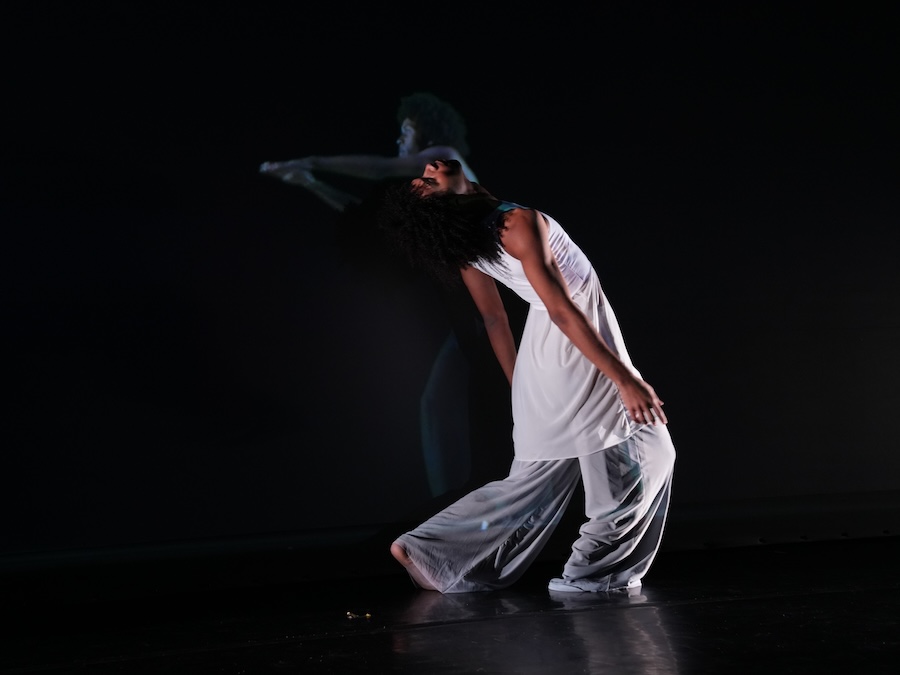
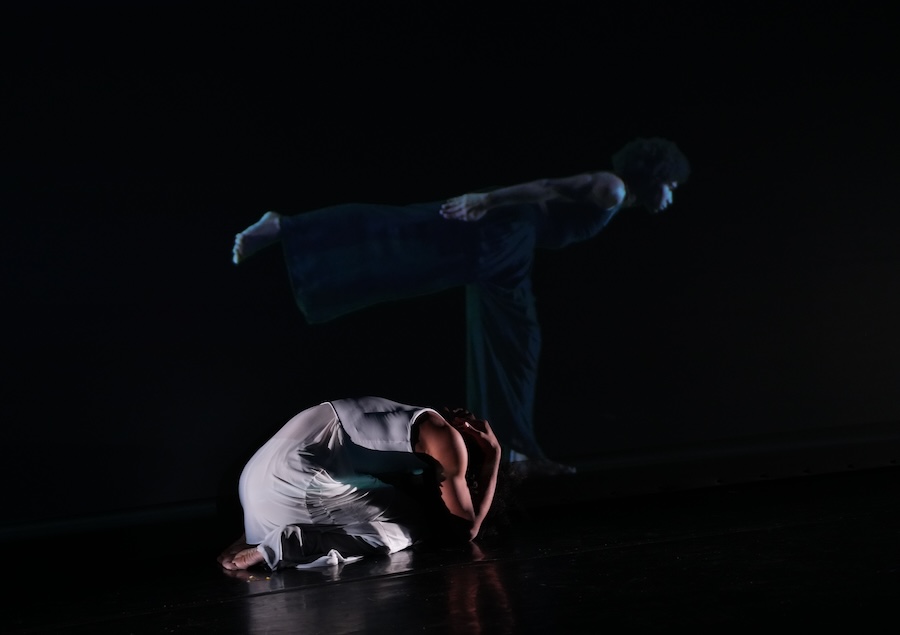





“If you can dream it, you can do it. Dylan really raised the bar on how much you could expect a student to do, and his work really paid off in an inspiring and moving way because he was always willing to do the hard work that made the beauty on stage seem effortless.”
—Professor of Theater and Dance Davis Robinson
Looking to the Future
For his upcoming performance in April, Richmond wants to enhance audience cohesion. He is presently developing a portal-like installation "aimed at transporting the audience from a normative place of approaching with your mind to an embodied place where you can approach with everything you are," Richmond said.
